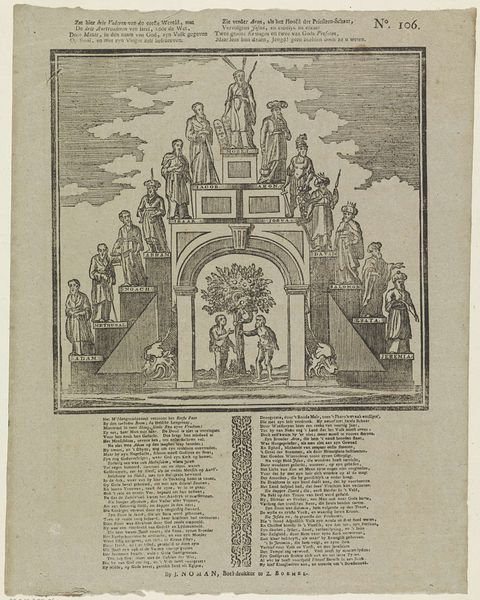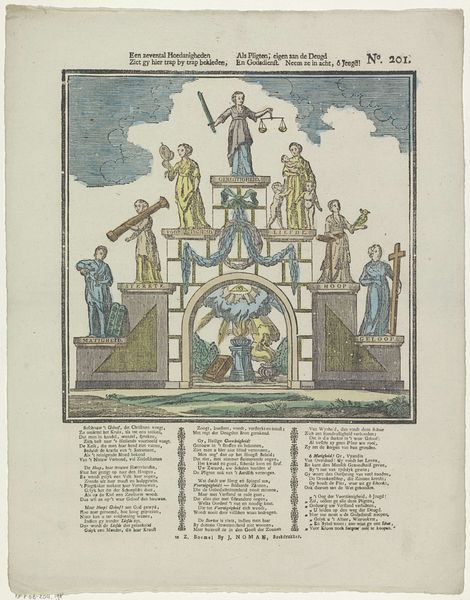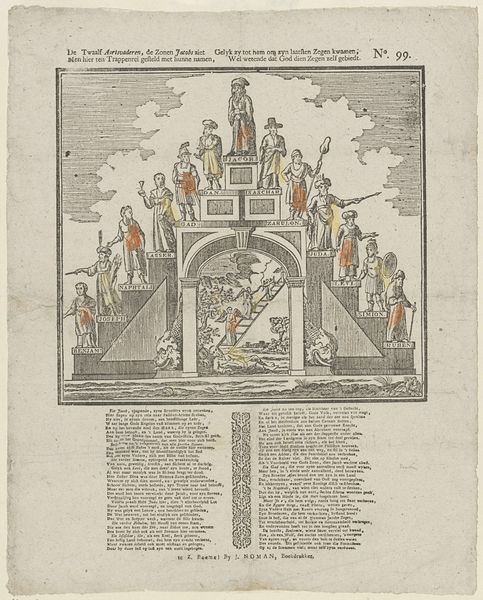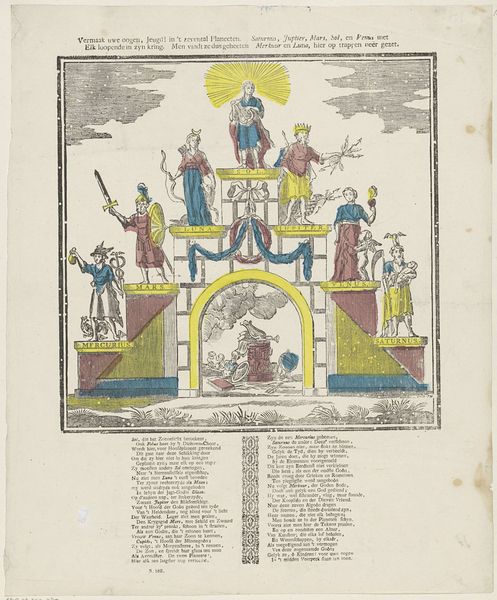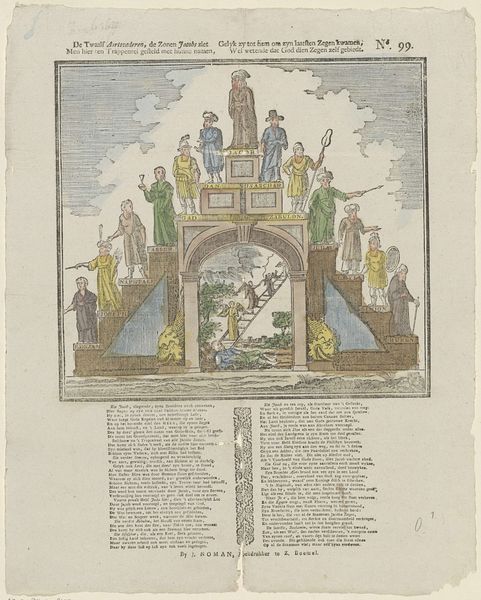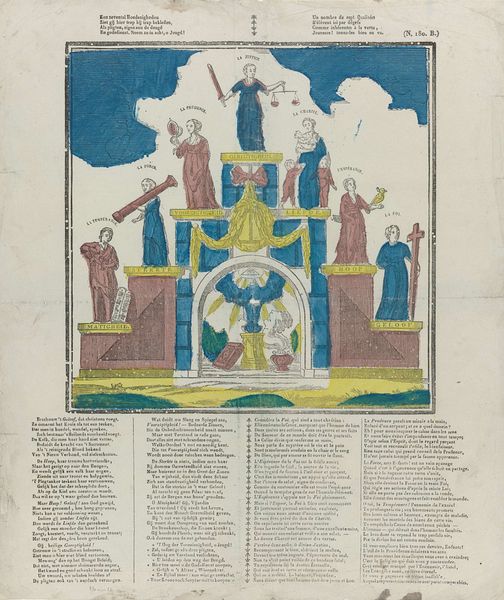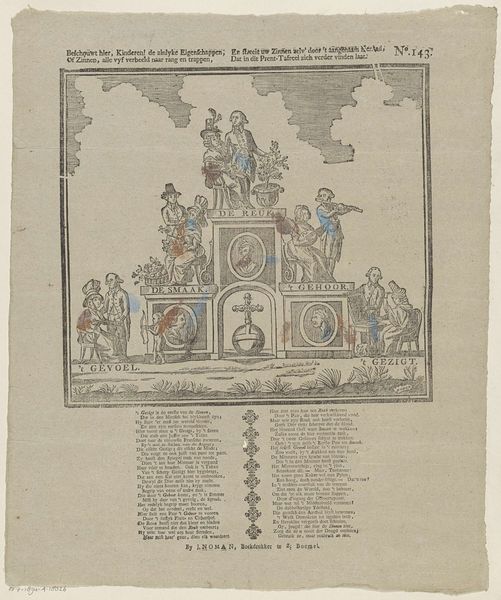![Zie hier drie vaderen van de eerste wereld, met / De drie aartsvaderen van Isrel, vóór de wet [(...)] by erven weduwe Cornelis Stichter](/_next/image?url=https%3A%2F%2Fd2w8kbdekdi1gv.cloudfront.net%2FeyJidWNrZXQiOiAiYXJ0ZXJhLWltYWdlcy1idWNrZXQiLCAia2V5IjogImFydHdvcmtzLzI0OGM1ZjlhLTZlNDktNDRjMi1hZDU3LWI2MWUzYjEzYjgzZS8yNDhjNWY5YS02ZTQ5LTQ0YzItYWQ1Ny1iNjFlM2IxM2I4M2VfZnVsbC5qcGciLCAiZWRpdHMiOiB7InJlc2l6ZSI6IHsid2lkdGgiOiAxOTIwLCAiaGVpZ2h0IjogMTkyMCwgImZpdCI6ICJpbnNpZGUifX19&w=3840&q=75)
Zie hier drie vaderen van de eerste wereld, met / De drie aartsvaderen van Isrel, vóór de wet [(...)] 1715 - 1813
0:00
0:00
print, engraving
# print
#
old engraving style
#
genre-painting
#
history-painting
#
engraving
Dimensions: height 413 mm, width 305 mm
Copyright: Rijks Museum: Open Domain
This print, made by Erven Weduwe Cornelis Stichter, is an etching, a process that democratized image-making in its time. Think of it as the early modern equivalent of digital printing. The lines you see were incised into a copper plate, which was then inked and pressed onto paper. The coloring? That would have been applied by hand, a repetitive task, but one that didn’t require the skill of a trained artist. Look closely, and you see the layers of labor embedded here: the etcher, the printer, the colorist, and, of course, the person who distributed the print to the public. This piece tells us about a biblical history, but also about the means of production and consumption in 18th-century Amsterdam. It's a flat thing that contains a world. Understanding prints like this requires us to look beyond conventional art history, and consider the social and economic context of their making. This gives us a much richer understanding of the work’s meaning and significance.
Comments
No comments
Be the first to comment and join the conversation on the ultimate creative platform.
